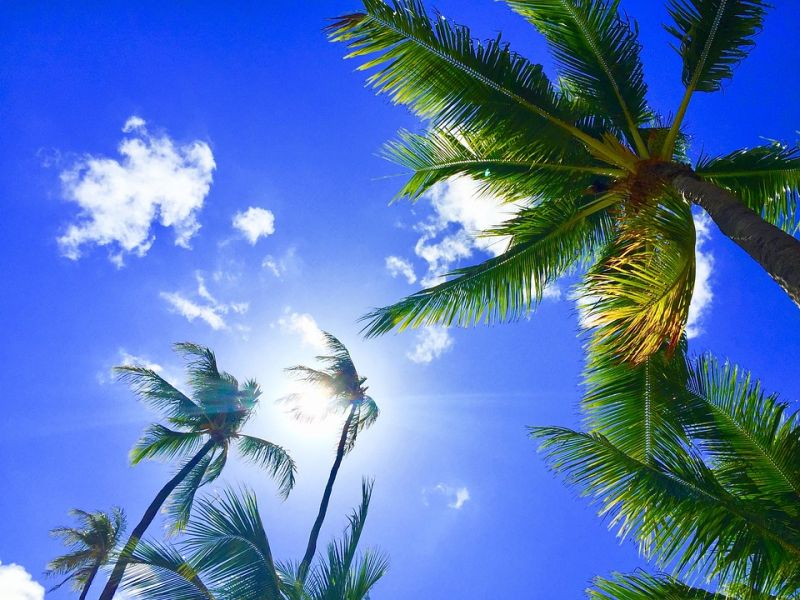Nearshore Water-quality Data Collection in Hawaii Expanded to 48 Sample Sites
Published on by Water Network Research, Official research team of The Water Network in Academic
Volunteer-based group adds 12 new testing locations, bringing total to 48 sample sites.

Representative image, Source: Pixabay
A groundbreaking data collection program for measuring water quality has added 12 new locations in South Maui, for a total of 48 sites along southern and western shorelines, researchers said.
Data gathered by the volunteer-based Hui O Ka Wai Ola ocean water quality testing program from the past year and a half also will be included — for the first time — into the state’s 2018 Water Quality Monitoring and Assessment Report.
“It’s all exciting,” said West Maui Watershed Coordinator Tova Callender, who is a member of the hui. “The underlying premise is you can only manage what you measure and if we don’t have a clue what is happening, you don’t have a clue what to manage. Going out to a single bay and getting a single sample, you can’t come to any big conclusions. This is the beginning of closing the gaps in the data which hasn’t been available, but will be available.”
The hui is a partnership between The Nature Conservancy; Maui Nui Marine Resource Council, a community group involved in protection of nearshore waters; the West Maui Ridge to Reef Initiative, a group of agencies and organizations focusing on the protection of coral reefs; and the state Health Department.
Last year, the state signed a first-of-its-kind agreement with the hui to create a Quality Assurance Project Plan that expanded data gathering beyond the single Health Department employee responsible for all water-quality monitoring on Maui. Volunteers follow strict monitoring methods and sample for the bacteria enterococcus, a fecal pathogen indicator, and nutrients such as nitrogen and phosphorous from runoff, which can damage coral reefs and fish habitats.
The program added the new sites in early March and the program now covers 24 sites from Maalaea to Ahihi-Kinau Natural Area Reserve. The west side’s 24 sites cover shore waters from Papalaua Beach Park to Honolua Bay.
In preparation for the expansion, 10 new volunteers completed intensive training in the classroom, the lab and the field, the hui said in a news release. The volunteers worked under the guidance of experienced team leaders and regional coordinators.
Read full article: Maui News
Media
Taxonomy
- Standards & Quality
- Quality
- Water Quality
- Environment
- Water Monitoring
- Aquatic Environment
- Monitoring & Control
- Water Quality Management
- Environment & Water
- Water Quality Research